Raynham Hall is a stunning country estate that dates back to the seventeenth century. Situated in the heart of 800 acres of picturesque West Norfolk countryside, this elegant mansion is open to the public and is one of the few stately homes to remain in the same family for four centuries as a private residence. Its Jacobean structure blends with a classical Georgian style—a testament to architectural innovation. The Townshend family still owns it and resides there; their ancestry dates back to the Middle Ages.
Charles Townshend, the 2nd Viscount Townshend, leader of the House of Lords, and a close associate of Sir Robert Walpole, Britain’s first Prime Minister, was one of its most notable occupants. Charles Townshend wed Dorothy, Walpole’s sister, in 1713. She died in 1726 at the age of 40 under reportedly strange circumstances.
As is so often the case, the English aristocrat slowly faded into insignificance. However, her name began to surface again in 1936, over 200 years after her death, when photographers from Country Life magazine supposedly caught her on camera in what some people call one of the most well-known and famous ‘spirit photography’ pictures ever.
The figure known as the Brown Lady of Raynham Hall appears as an ethereal, veiled figure descending the hall’s grand staircase. She got her nickname because she is frequently spotted wearing a brown dress. The image has been used as evidence for the existence of the paranormal for almost one hundred years. Contemporary paranormal investigator Harry Price expressed his belief that the picture was authentic, stating that ‘the negative is entirely innocent of any faking.’
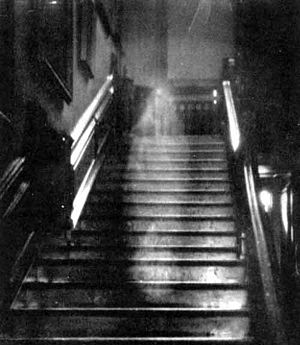
Some hold a more sceptical view. More recently, an original investigation file was discovered by lawyer and supernatural researcher Alan Murdie when he was searching through the Cambridge University Library archives. Murdie came to the conclusion that overexposure is the only plausible explanation for the spectral image. In other words, the Brown Lady is essentially the result of light being discharged from the camera onto the photographic plate.
Instead of being an anomaly, the data seem to indicate that a significant number of people think ghosts exist. In a 2019 IPSOS survey, 46 per cent of Americans claimed to believe in ghosts. The percentage is similar here in the United Kingdom, where a recent survey found that 43 per cent of participants believed in ghosts. Some people are more, ahem, ‘passionate’ about their beliefs. I remember reading a story about an Oxfordshire woman who married a ghost but divorced him a year later. Apparently, he became possessive.
My late father claimed he saw a ghost. When I was about ten, we went fishing together and he said he was talking to a man before turning to check on me, only to find that the man had vanished. To put this into context, we were on the north Norfolk coast where you can see for miles in any direction. For a few months, locals would gather in the pub to tell stories about the mysterious man from Stiffkey’s salt marshes. It was his fifteen minutes of fame. He even appeared on local radio, altering his accent to appear intelligent. Linguists might refer to this as heteroglossia. In any case, the closest I came to seeing a ghost was my own—I nearly died of embarrassment.
Paranormal tourism is a lucrative industry, proving that even the ethereal cannot avoid the iron law of supply and demand. The British Tourist Board estimates that there are over 10,000 haunted locations in the country, and websites such as Haunted Rooms regularly promote sleepovers where fearless ghost hunters can stay in spooky locations.
This piqued my curiosity. Over the last year, I have travelled across the country staying in locations reported to be haunted. I went on an underground tour of Edinburgh’s vaults and visited York, which has been described as the most haunted city in England/Europe/the world, depending on who you ask. While exploring the vaults, one person claimed that the presence of their breath was an indicator of a ghost nearby. It was underground in Scotland in October, and I didn’t have the heart to tell her it was just cold. Nonetheless, in the interests of journalistic integrity, I attempted to keep an open mind.
I had a useful paranormal guide with me as I traversed York’s narrow cobbled streets. According to Rob Kirkup’s book Ghosts of York, the city has seen over five hundred documented hauntings. I head to The Golden Fleece, which is said to be the city’s most haunted pub. More than a dozen ghosts are thought to haunt the historic tavern and its guest rooms. I read about Lady Alice Peckett, a ghost who is reported to haunt the hallways and occasionally move furniture in the bar. Alas, it was not to be. I experienced nothing spooky during my evening at the Fleece. Nonetheless, millions are motivated by the desire to capture something ethereal.
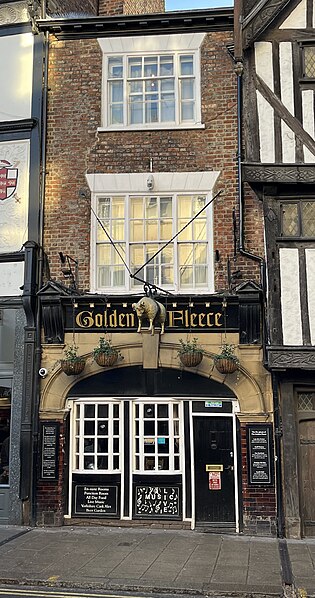
This fascination with the supernatural has led to an explosion in ghost-hunting shows. Numerous YouTube channels dedicated to ghost hunting exist. One of the biggest is OmarGoshTV. The presenter, who has nearly 4.5 million subscribers, films himself while exploring haunted locations in the United States. He isn’t constrained by the rigid demands of conventional television, so his videos tend to be long and uncut.
Paranormal Caught on Camera, which airs on multiple networks nationwide, is described as a documentary show. A panel of ‘experts’ offers their opinions on purportedly paranormal videos taken from around the world. Think Ghostbusters meets You’ve Been Framed! A lot of heavy work is done by the term ‘energy’, which functions as a noun, verb, and adjective. Meanwhile, every conceivable shadow or camera jolt is ascribed to a ghost. It’s the classic appeal-to-ignorance fallacy.
Ghost Adventures is arguably the most well-known and oldest of these types of shows. The guys, led by supreme narcissist and potential ex-boy band pin-up Zak Bagans, have been searching for paranormal activity in the United States and beyond for a long time. The format is simple: they go to an allegedly haunted location, interview witnesses who have personal experience with an alleged haunting, then turn off the lights, press record, and explore the building. There is little to no information available about the witness; we don’t know if they believe in ghosts, if statements that contradict their narrative have been edited, or if confirmation bias has tainted the ‘evidence’. Luckily, there’s usually a local historian around to tell the guys that something bad happened a century ago. It’s typically a story about a man shooting his wife after she cheated on him.
An array of pseudo-scientific instruments is employed to ‘verify’ the phenomena in order to add a degree of objectivity. The EMF metre is a typical gadget used to measure AC electromagnetic fields from electrical or wiring issues. Milligals, a measure of acceleration equal to a thousandth of a gal, increase with any change. Our hosts get so enthused about the device when it moves from left to right or up and down that they start to hyperventilate. In reality, they’ve probably just found the fuse box.
Provocation is a common tactic used to elicit a response in this genre: a team member loses their temper with the ghost and lashes out at them, saying personal things or using abusive language to provoke a reaction. To the casual observer and sceptics like me, it appears that a group of middle-aged men are yelling into the dark at nothing.
The electronic voice phenomenon, or EVP, in which a digital tape recorder is used to record a question in a silent room, is by far the most frequently cited form of evidence for the paranormal. Playback occasionally exhibits blips and glitches among the static. This is often explained as spirit communication. EVPs with distinct ‘human’ sounds are categorised as Class A, lending them a sense of scientific validity. These words show up on the screen as subtitles for the audience to see. This acts as a kind of reinforcement to trick the brain. The tendency for perception to impose a meaningful interpretation on stimuli is known as pareidolia. In this case, the pareidolia is both visual and auditory: the text rewires you to perceive a pattern where none previously existed when you heard the sound. It’s subtle, but tremendously effective. To paraphrase the late great Marshall McLuhan, the psychological medium is the message.
Ghost Adventures employs post hoc rationalisation as a form of evidence. Events like goosebumps or loud noises are frequently referred to as supernatural. According to a 2002 study, if you already believe in ghosts, you are more likely to interpret unexplained sounds and events as paranormal.
This is not to suggest that we ought to stop watching. Ghosts have appeared in Western culture since Homer’s Odyssey, when Odysseus summoned Tiresias’s spirit. However, we need to remember that they are merely works of fiction—forms of entertainment. But why are these programmes so popular? There is evidence from neuroscience that suggests we rather enjoy fear. Adrenaline and dopamine flood the brain when we are afraid, creating a feeling of euphoria, not dissimilar to opioids. When we watch a horror movie, our brains take a quick scan of the surroundings, evaluate the situation, and tell us that we are safe. This allows us to live vicariously through the screen. In other words, it’s a way to experience fear in a controlled setting from the safety of your couch.
The supernatural is by definition something that exists outside of nature. So how can ghost hunters use physical evidence to prove their existence? That logical paradox ought to genuinely terrify them.


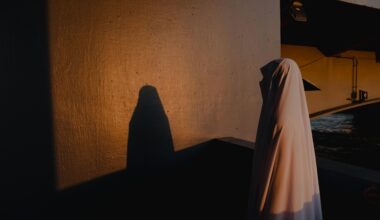
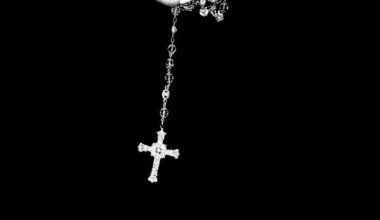
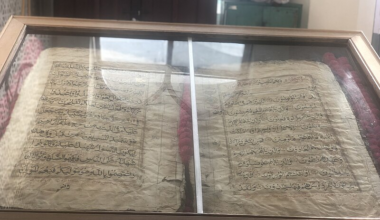
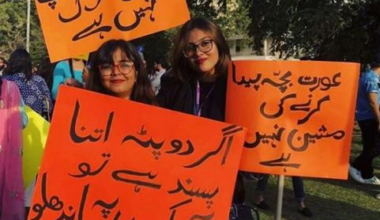
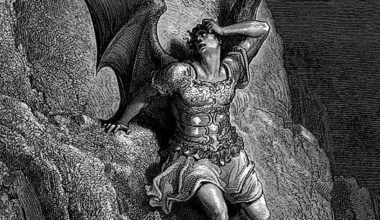
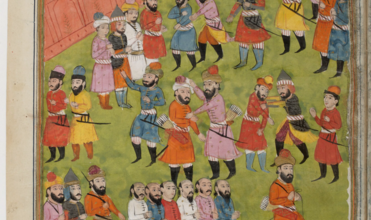
Your email address will not be published. Comments are subject to our Community Guidelines. Required fields are marked *
Donate